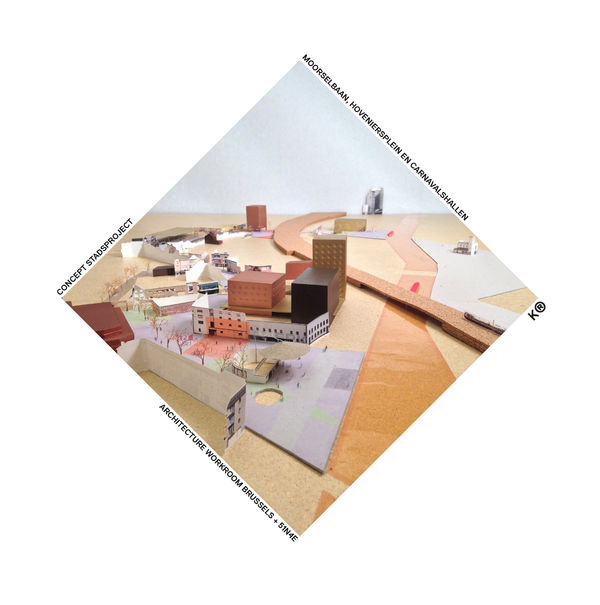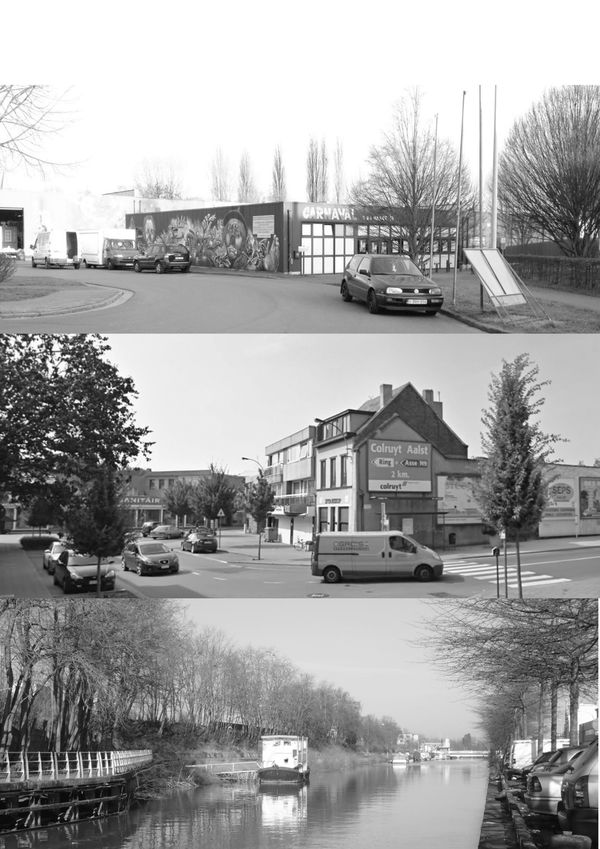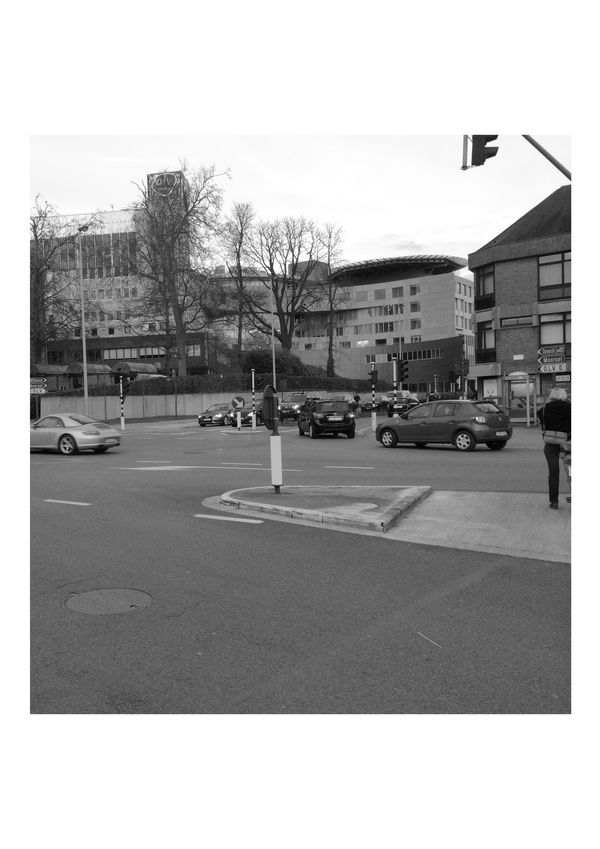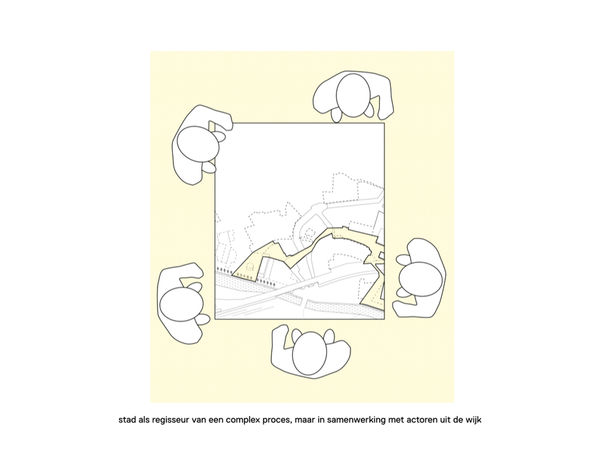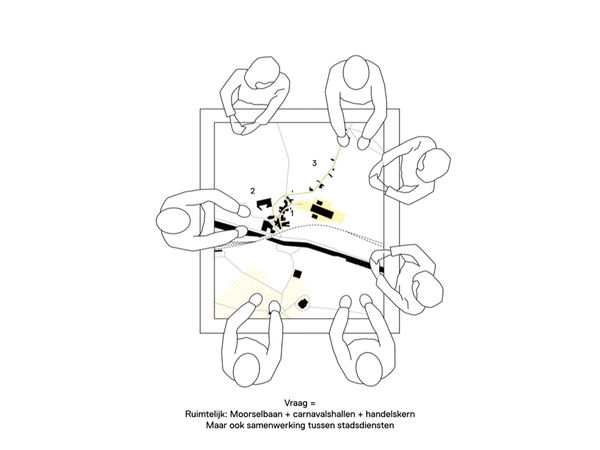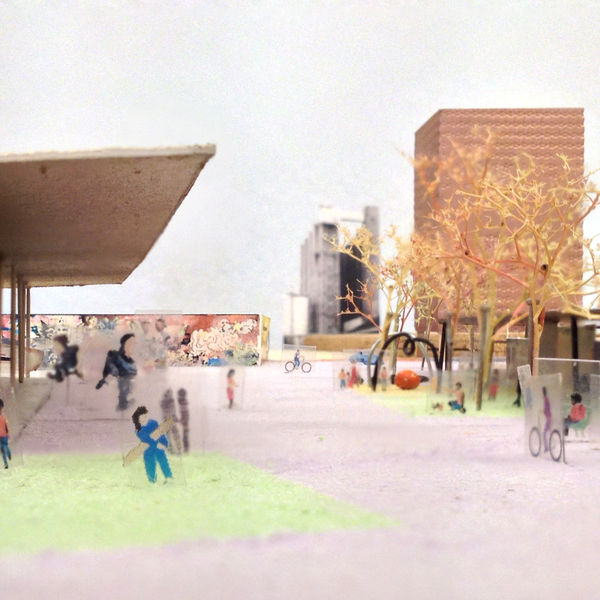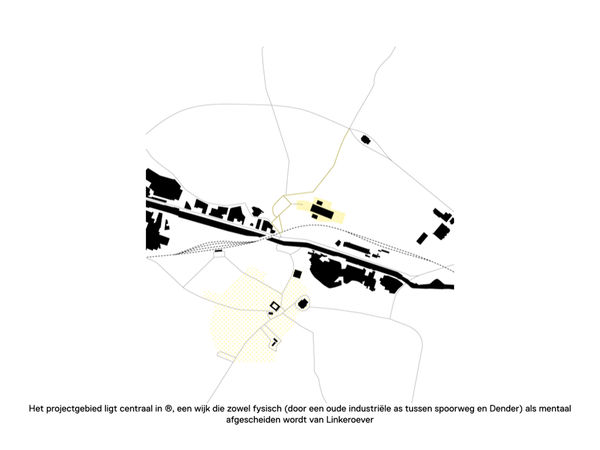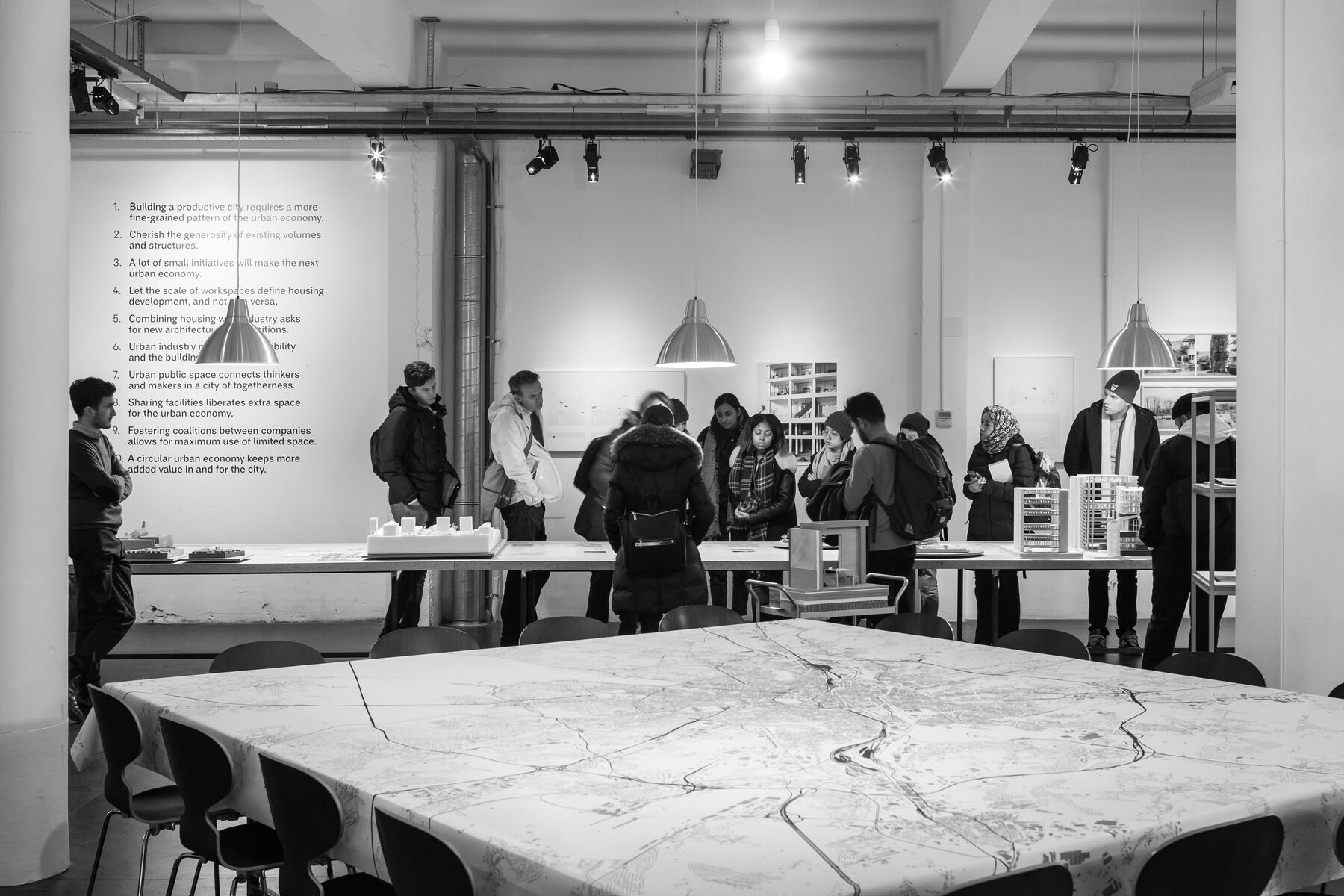The Kern Rechteroever city district in Aalst currently has to cope with social and economic disadvantage and is often perceived negatively. On the one hand this is the result of historical developments, but on the other it is also the effect of a changing urban landscape. Aalst is increasingly exposed to a metropolitan dynamic in which an affordable but low quality housing stock in the vicinity of the station attracts a new, less affluent group of residents. The newcomers bring their own, sometimes fragile economy and trade, which takes its place between existing retail businesses around Varkensmarkt.
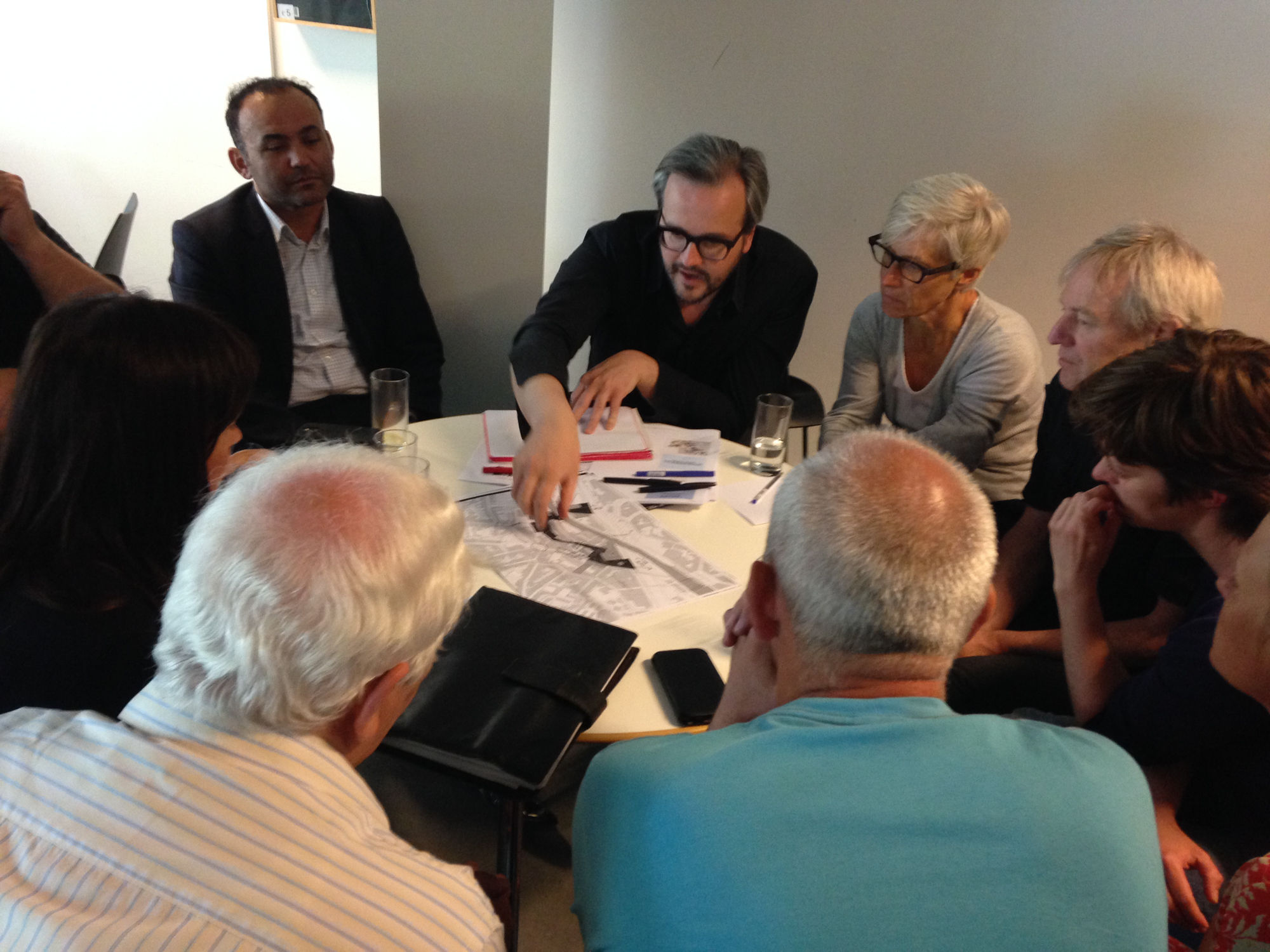
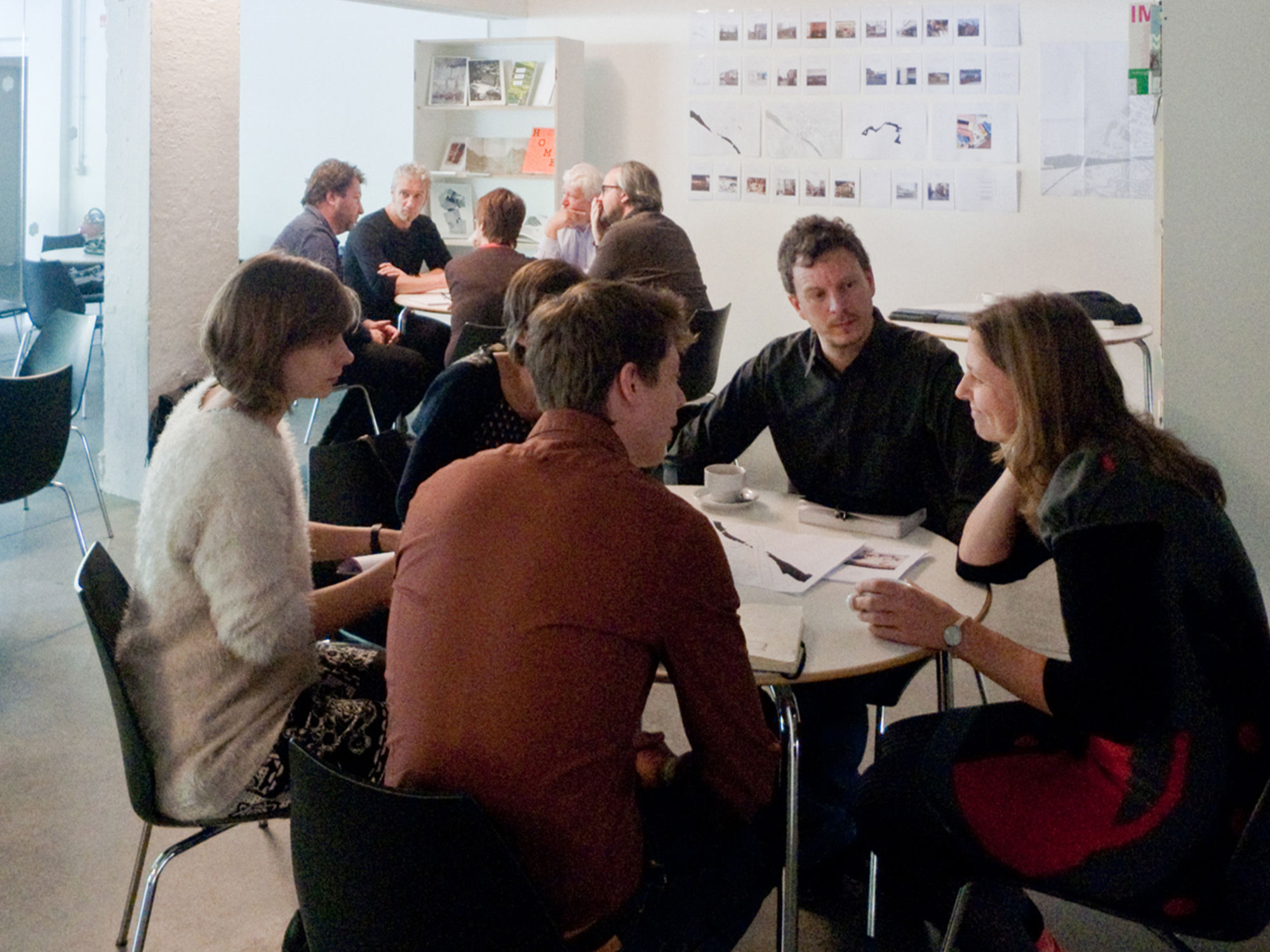
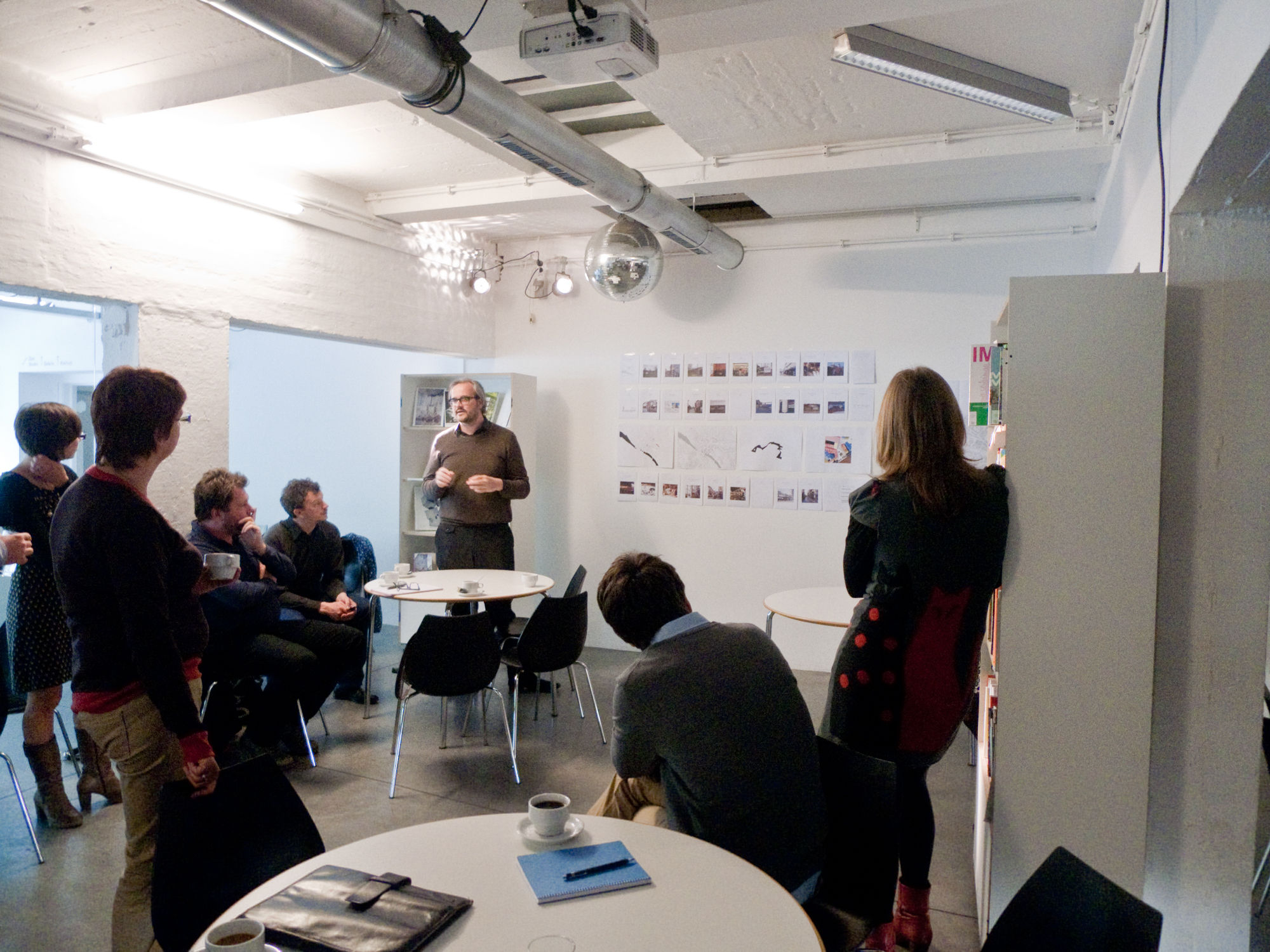
In 2012, the City of Aalst's strategic planning and spatial planning services jointly requested a grant for urban renewal to upgrade the Kern Rechteroever district. Their objective was to create a more integrated, integral and sustainable vision for the wider environment encompassing Moorselbaan and the Carnival Halls. Achieved using participative vision formation and a locally-oriented project approach. Architecture Workroom, in association with 51n4e – and supported by experts from the University of Antwerp and the consultancy Tractebel – proposed a future scenario for the district.
In the past, a great many city services and socio-cultural associations focused on these districts in need of attention, but the approach lacked structure or was not project-based. Since traditional urban renewal strategies such as public-private partnerships do not necessarily work in the same way here as they do in a metropolis, an adapted concept and urban project was required.
For the diverse users of the space and challenges the design team proposed uniting the spatial and socio-economic via a Common Ground, a shared infrastructure serving as a backbone for the district. This extremely uniform public space borders a number of strategic development locations that serve as a driving force for renewal in the district. Key elements of the Common Ground are: a sense of initiative, a more robust retail apparatus, cultural and popular activities, facility-related programmes and an improved range of housing.
The urban project for Kern Rechteroever can only offer a decisive and positive solution to the different needs and dynamics if we reinforce and renew various aspects, and only if we succeed in linking them to a single, multifunctional urban fabric.
